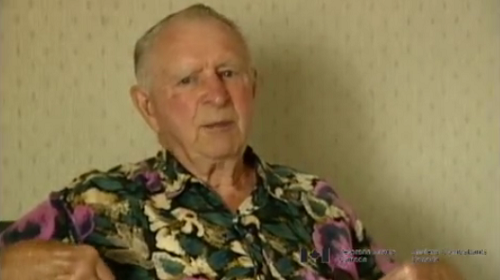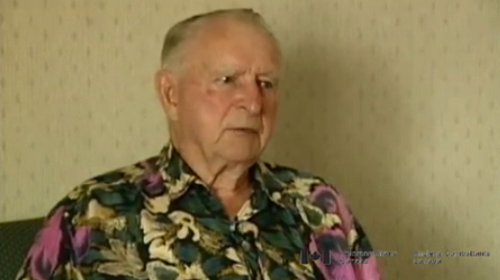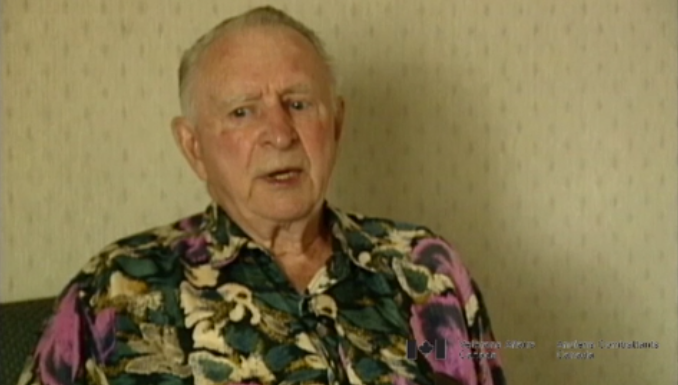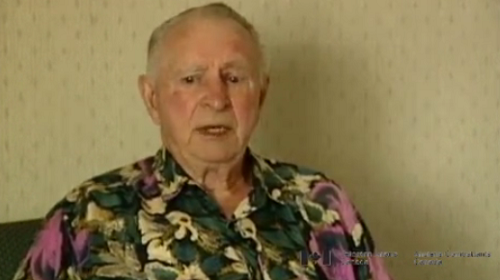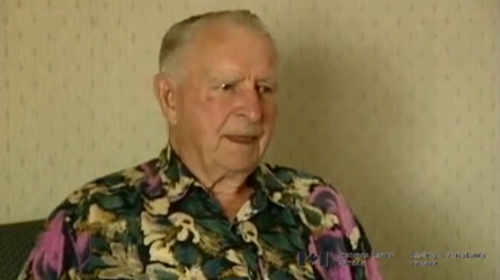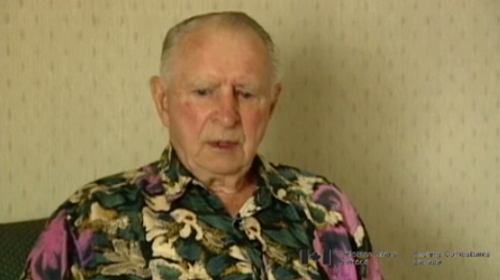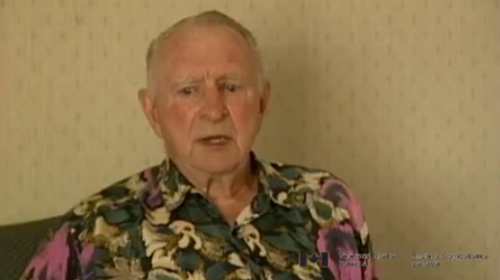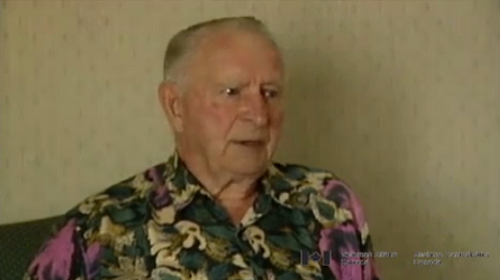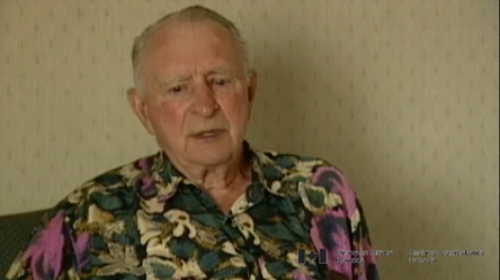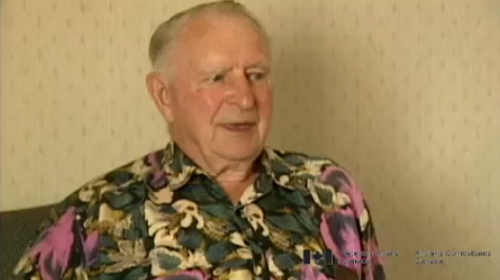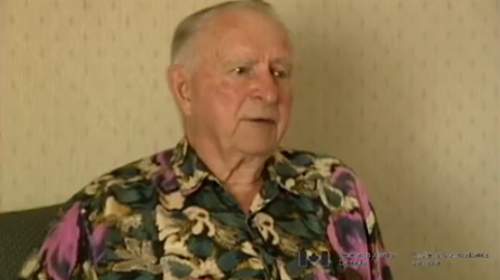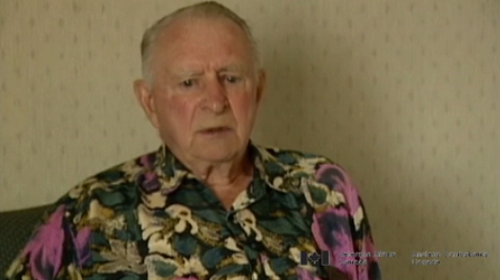Who’s the Enemy?
Heroes Remember
Who’s the Enemy?
Transcript
Description
Mr. Gyselman describes being shelled by miniature Japanese howitzers, which inflicts serious casualties and forces the remaining men to retreat. Escaping along a water course, the men are mistakenly fired upon by their British allies. They show the white flag, and are granted safe passage by the British.
Harry Gyselman
Harry Gyselman was born on February 11, 1920 in Moosejaw, Saskatchewan. His father left the insurance business to farm, but went broke during the depression. After his father’s death, Mr. Gyselman worked odd jobs to support his family. Initially interested in joining the Air Force, he opted to join a friend who was enlisting with the Winnipeg Grenadiers. Mr. Gyselman was a truck driver during the battle of Hong Kong, and was in the POW camp in Niigata, Japan when the war ended. He has the distinction of being the first Canadian POW to reach mainland North America after the war.
Meta Data
- Medium:
- Video
- Owner:
- Veterans Affairs Canada
- Recorded:
- October 10, 2000
- Duration:
- 2:51
- Person Interviewed:
- Harry Gyselman
- War, Conflict or Mission:
- Second World War
- Location/Theatre:
- Hong Kong
- Battle/Campaign:
- Hong Kong
- Branch:
- Army
- Units/Ship:
- Winnipeg Grenadiers
- Rank:
- Private
- Occupation:
- Truck Driver
Related Videos
- Date modified:



